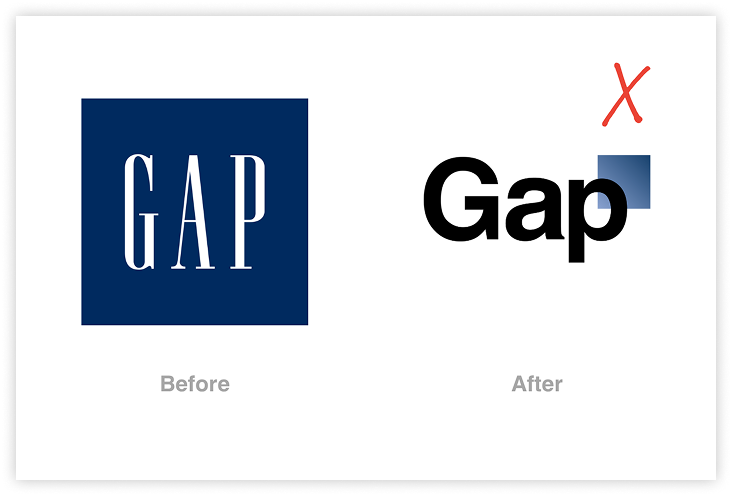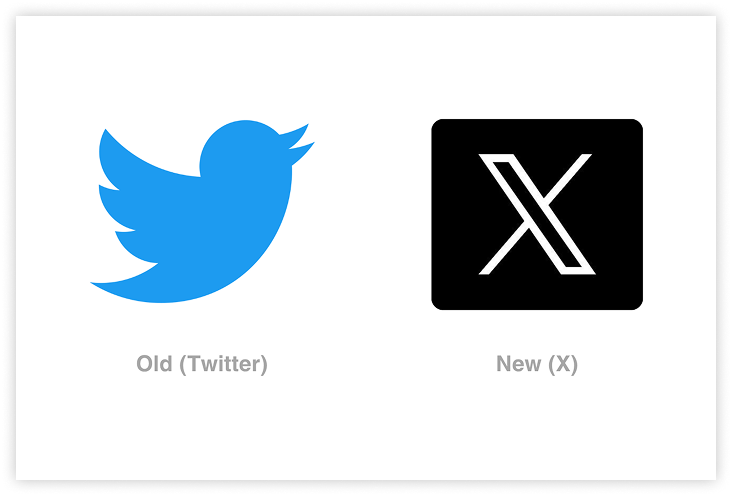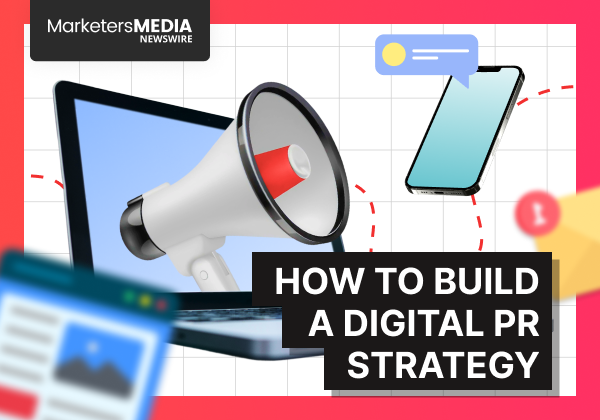Brand identity goes far beyond logos and color schemes. It represents a company’s unique personality and characteristics, encompassing visual elements, employee communication, and lasting impressions.
Rebranding can be a powerful catalyst for business growth— or a costly disaster.
Let's examine some real-world examples that demonstrate both the tremendous potential and significant risks of rebranding initiatives.
Go From 'Overlooked' to 'In-Demand'
Find out what’s blocking your PR success—and how to change it fast.



Successful Rebranding Examples
These examples show consistency in clear strategic vision, a deep understanding of the market and customer sentiment, plus a strong alignment between internal culture and external messaging.
Apple: From Computers to Innovation
Apple's transformation from a niche computer company to a global technology leader stands as one of the most remarkable rebranding success stories.
How it was done: Steve Jobs' return marked a pivotal transformation for Apple—from its complex Isaac Newton logo to the simplified icon it is today. Apple even dropped the computer in its name to become "Apple Inc." The "Think Different" campaign served as a philosophical statement, articulating the core value of challenging the status quo.
The results? Propelling Apple into a mass market success and ultimately a global leader in technology and design.
Dunkin': Beverages Take Center Stage

Dunkin's 2018 transformation from "Dunkin' Donuts" to simply "Dunkin'" exemplified its strategic adaptation for their expanding menu, particularly on coffee, which had become a significant driver of sales.
How it was done: The most prominent change was dropping "Donuts" from the name and logo while retaining the familiar pink and orange color scheme. Key featured updates include store redesigns and a mobile app revamp.
The results? Dunkin' achieve a modern image that resonated with health-conscious youths. The rebranding strengthened its position as a go-to destination for food and drinks throughout the day while enhancing overall brand awareness.
SurgeGraph: From Niche to Global Recognition

Originally an SEO tool catering to a niche community, the company faced challenges expanding beyond their existing user base despite having a quality product.
How it was done: They partnered with MarketersMEDIA Newswire for strategic press release distribution, announcing their transformation from a keyword research tool to a comprehensive AI & SEO platform across hundreds of media outlets.
The results? 100,000 impressions with a 20x return on investment and $200,000 in revenue within the first three months. The strategy sparked organic coverage and generated high-value backlinks that ranked SurgeGraph #1 for competitive keywords like "Longform AI".
Failed Rebranding Examples
These attempts typically result from an overemphasis on aesthetics, a disregard for established brand equity, and insufficient customer research.
Tropicana: When Familiarity Matters

Tropicana's 2009 rebranding serves as a stark reminder of the risks associated with disregarding established brand recognition and customer emotional connection.
How it was done: Tropicana redesigned packaging replaced the iconic image of an orange with a straw with a more abstract design and updated logo.
The results? Despite a significant $35 million investment in marketing, the change eliminated unique elements customers associated with the brand, resulting in a dramatic 20% loss in sales within just two months.
Gap: The Six-Day Disaster

Following the 2008 recession, Gap assumed that simply updating its image to something more modern would engage its audience.
How it was done: The new logo featured a minimalist design and font change. Gap failed to properly announce the rebrand or provide insights into the reasons behind the update.
The results? Overwhelming customer backlash characterized the new logo as lacking personality. Gap reverted to its original logo within six days, incurring approximately $100 million in rebranding costs.
Twitter to X: Ignoring Brand Equity

The 2023 rebranding of Twitter to "X" represents a controversial identity shift that largely disregarded its existing core user base.
How it was done: The rebrand replaced Twitter's original name and iconic bird icon with the new "X". The change appeared to prioritize an internal vision over established brand recognition and collective user sentiment.
The results? Reception has been overwhelmingly negative from both users and experts. The rebrand has failed to re-engage audiences and is widely predicted to drive even more users away from the platform.
💡 Key Takeaway: The most effective rebrands find a balance between evolution and familiarity, ensuring changes reflect genuine business transformation rather than superficial aesthetic updates.
The Role of Strategic Communication in Rebranding
The success of any rebranding initiative depends heavily on how well companies communicate their transformation story, ensuring stakeholders understand the strategic reasoning behind changes. It requires transparency, authenticity, and consistent messaging across all channels.
MarketersMEDIA Newswire, with its global exposure through 570+ media outlets and 5.9B total potential reach, demonstrates how strategic distribution can amplify rebranding messages to diverse audiences across 160+ countries.
Ready to announce a rebrand? We've prepared a free press release template for you to download right here.
Actionable Steps for Strategic Rebranding
Here are five actionable recommendations for businesses considering brand identity development or rebranding initiatives:
- Prioritize Strategy Before Aesthetics: Begin with a strategic audit to define a clear intent that will guide all design and communication decisions.
- Conduct Extensive Customer Research: Use comprehensive market research and prototyping to understand your audience and rigorously test new concepts.
- Ensure Internal Alignment and Buy-in: Involve employees and leadership throughout the process to ensure they understand and embody the new identity.
- Communicate with Transparency: Develop a comprehensive rollout plan that explains the "why" and "how" of the rebrand to all stakeholders. Proactivity can help to mitigate confusion and backlash.
- Balance Evolution with Familiarity: Maintain core brand elements and "through-lines" to leverage existing recognition and avoid alienating loyal customers.
Final Thoughts
Rebranding is not just a fresh coat of paint, but a holistic, customer-centric, and internally aligned evolution. It demands deep understanding of market dynamics, consumer psychology, and the company's evolving purpose.
As you evaluate your own brand's position in today's competitive marketplace, the question becomes: Is your current brand identity truly aligned with your strategic vision and customer expectations, or is it time to consider a transformation that could unlock new growth opportunities?"
Free Press Release Template
Tell us where to send your PDF:








